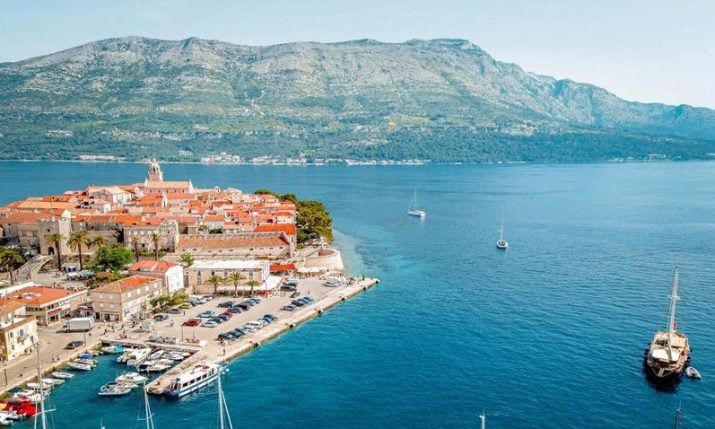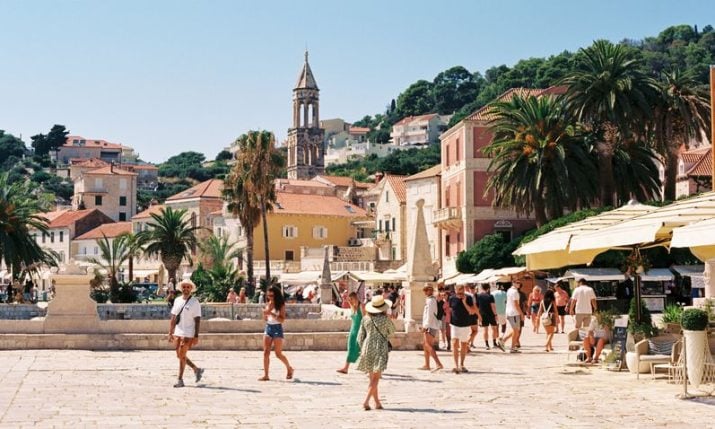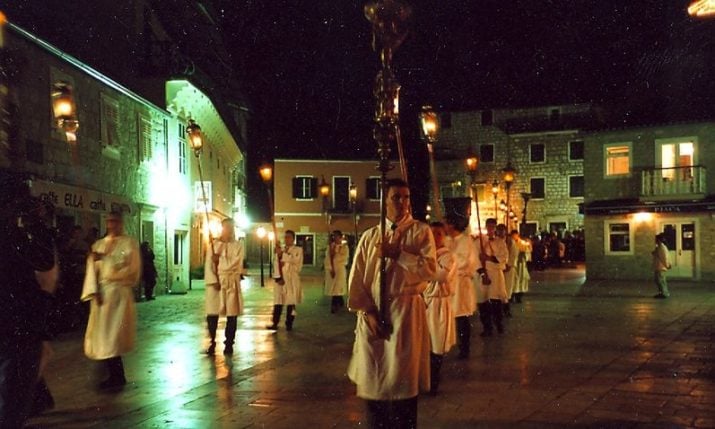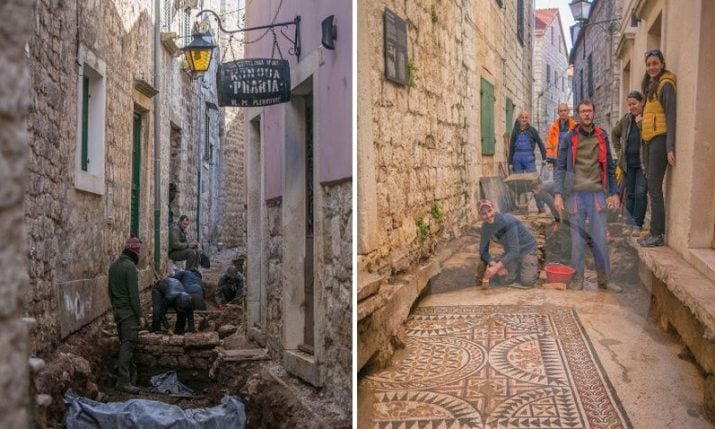Ancient Greek city wall discovered under Stari Grad on Hvar island
- by croatiaweek
- in News
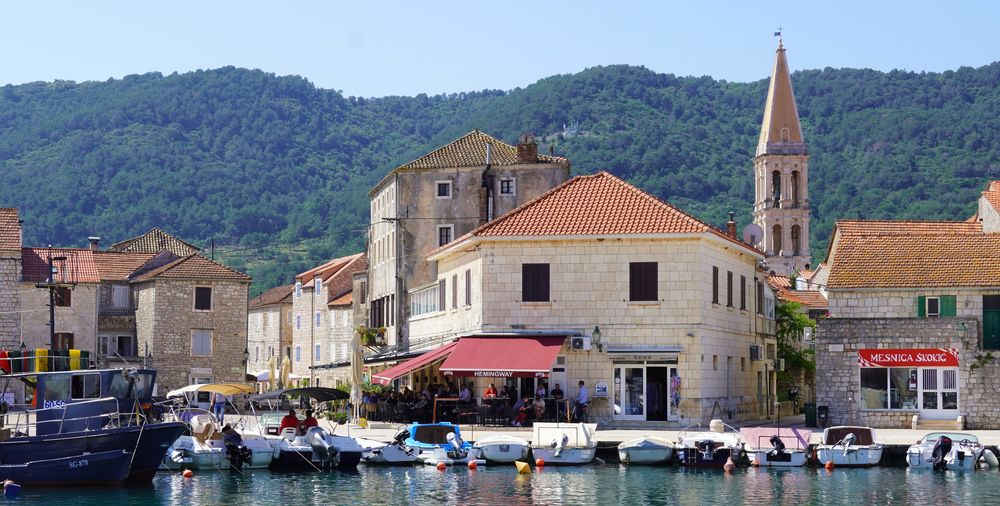
Stari Grad, Hvar
ZAGREB, 28 Aug (Hina) – Previously unknown remains of ancient Greek and Roman cities have been discovered by archaeologists under the town of Stari Grad on the island of Hvar, including the western wall and gate of the Greek city of Pharos, and the discovery could contribute to the development of archaeological tourism on Hvar.
Extensive excavations are still under way but have already resulted in valuable finds, primarily from the ancient Greek and Roman periods of Pharos and Pharia, but also from the late antiquity and the early Middle Ages, Marina Ugarković of the Institute of Archaeology has told Hina.
She underlined the importance of the discovery of Pharos’s western gate as well as graves, likely from the 5th and fourth centuries BC, “which illustrate not only the dramatic history of the city and the conflicts of the local population, but also represent the first archaeologically found graves in the Stari Grad area, which point to the existence of a necropolis and a southern city.”
There are numerous archaeological remains from the Greek period, Ugarković said, adding that thousands of various items point to the first appearance of literacy in this region, the various trades and social customs that were practiced in the city and its “layered social identities.”
As for the Roman finds, she mentioned multicoloured mosaics, some of which were discovered a century ago, as well the remains of sacral architecture from the 6th or 7th century AD.
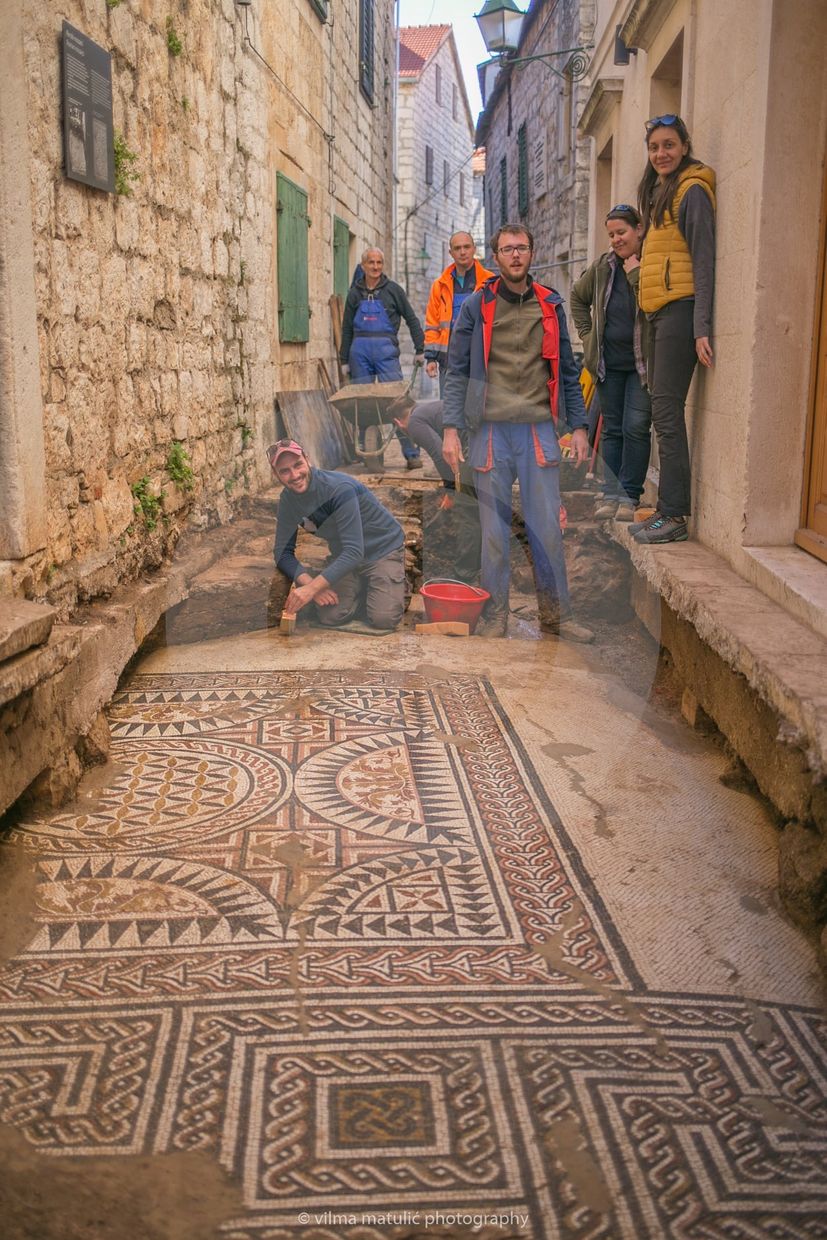
Multicoloured mosaics (Photo credit: Vilma Matulić)
“Stari Grad indeed lies on an invaluable cultural and historical treasure,” she said.
The latest finds of ancient remains below Stari Grad will contribute to the development of Hvar’s archaeological tourism, Stari Grad Mayor Antonio Škarpa has told Hina.
“Archaeological tourists most often travel to Mediterranean countries, and the most visited are destinations with a picturesque archaeological scenery, attracting dozens of millions of tourists,” he said.
After all the found items are processed in cooperation with the Culture Ministry, we plan to create a unique open-air museum in situ, he added.
“The plan is to apply the whole research and scientific capital in practice through a clear presentation of the cultural and archaeological heritage to the wider public, not just through museum displays but also historical revivals.”
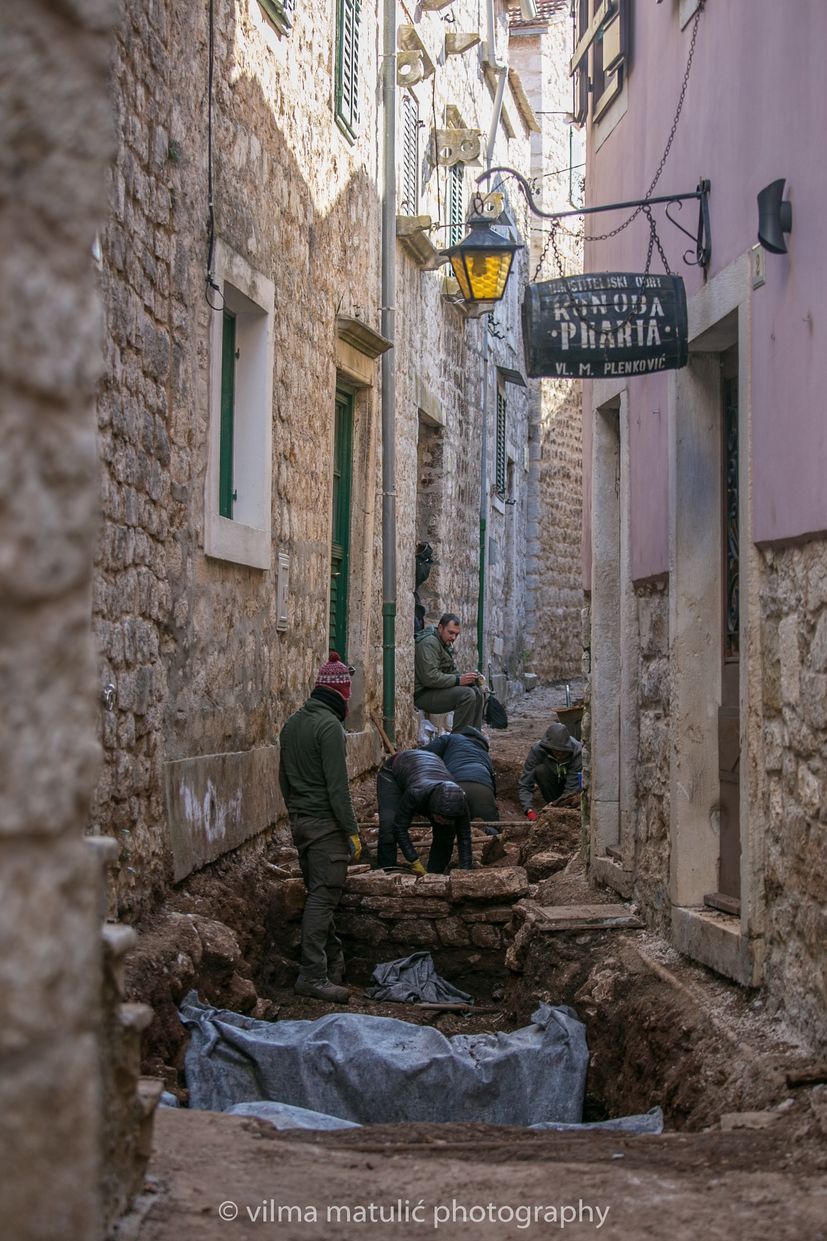
(Photo credit: Vilma Matulić)
Ugarković said that over the last three years, Stari Grad has become the focus of exciting archaeological research, largely due to protective digs, done by the Institute of Archaeology under the Culture Ministry’s supervision, before a new water infrastructure is built in the town’s ancient part.
Research is being conducted across the island of Hvar as part of the Institute’s AdriaCos project, which is financed by the Croatian Science Foundation and involves over a dozen Croatian, regional and international institutions.
Stari Grad hides the remains of Pharos, established by Greeks from the Cyclades island of Paris in 385-384 BC. It is one of the oldest Adriatic urban areas whose ancient part, along with the Stari Grad Plain, is a UNESCO Protected World Heritage Site.
Our goal is to collect, through field work, the study of the preserved material culture and social practices, and the latest interdisciplinary methods, new information whose interpretation facilitates new narratives on the development of these significant locations, said Ugarković.

